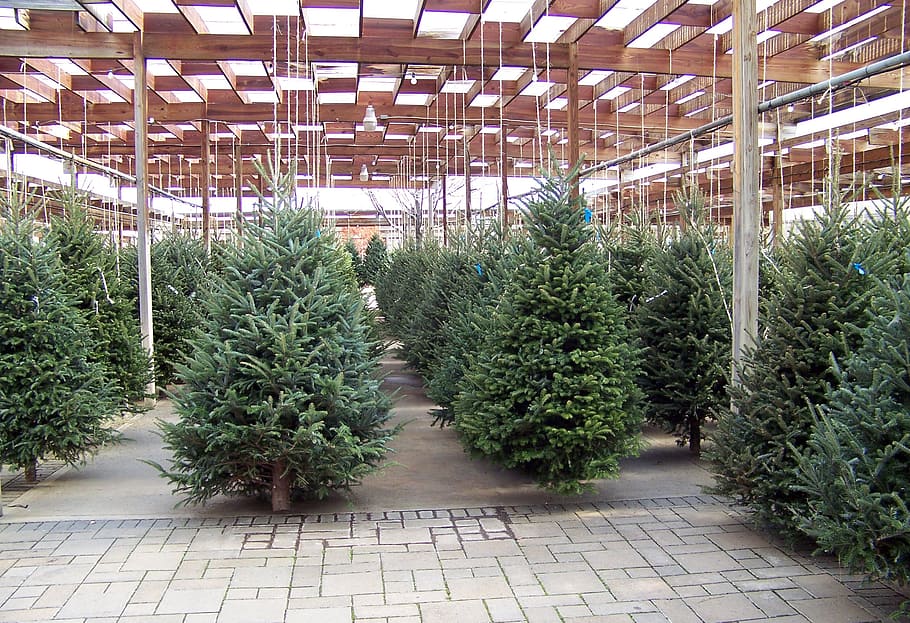The process on how to heat a greenhouse in winter for free is truly challenging. But compost, insulation, and using thermal mass could be used. Budget is an important factor when starting greenhouse gardening. However, as long as you are resourceful, I bet you can find cheaper and better alternatives.
Especially in winter, when plants will be needing heat the most, gardeners would spend on heaters to keep their grows warm. “By spending a lot?” you may ask.
Keep your hard-earned money, as in this article, you will learn about ways on how to heat a greenhouse in winter for free; plus, there are more information that can help you out. Just keep on reading!
Contents
Why Heat A Greenhouse In Winter
Greenhouses, usually made from plastic or glass, allow the sunlight and its heat to go in and out. Because of its surface, greenhouses can overheat if not monitored and controlled during the day. And when the night comes, all the heat escapes.
Therefore, you can say that the temperature inside fluctuates all the time; this is bad for your plants’ overall health. As plants will have to adjust every time the temperature inside the greenhouse change, that could kill them.
The heat should be consistent, sufficient enough for plants to flourish, heaters usually are used to solve it.
Heat makes your plants healthy, especially in winter, and a greenhouse is a perfect medium wherein you can create an artificial environment suitable for what you are growing. 70 to 80 degrees F is the ideal temperature your greenhouse should achieve.
The amount of heat present will also affect the relative humidity surrounding your plants. Make sure that it is not too much to avoid your crops catching certain diseases.
Things To Consider When Heating A Greenhouse In Winter
Before we head to how to heat a greenhouse in winter for free, let us first discuss things that can help you and your glasshouse in winter.
Ventilation
You might need to store the heat inside your greenhouse, meaning you don’t want it to escape the room. However, it is also essential to let in some fresh air.
You’d only need to store heat for the night when it’ coldest. Allowing the air to move will prevent diseases and overheating. You can do this by using a fan or crating a hole inside your greenhouse.
Only do it in the morning to store heat, and when the sun goes down, start to cover the holes to avoid the heat escaping during the night.
Thermometer
It will help you to monitor the temperature, allowing you to adjust when necessary. Using a thermometer to determine the ideal temperature is essential; to make you aware of every change in temperature as well.
Choosing the right kind of plant
Some plants cannot withstand the harsh winter weather. If you want to do so, you might need to spend a lot on heaters to provide plants with heat and warmth.
Providing the ideal growing space for plants is a struggle. However, choosing a cold-tolerant plant would be best in this situation. A greenhouse can maintain a temperature of 50 degrees Fahrenheit, even in colder regions, that are ideal for some vegetables to grow.
Don’t be hesitant to drop the temperature as some plants perform better after frost hits them. Know what kind of climate the plant came from that you’d be using. If it came from a cold region, then you can plant it in winter.
Here is a list of vegetables you can grow in winter:
- Kale
- Potato
- Broccoli
- Cabbage
- Turnip
- Strawberries
- Beets
- Onion
- Garlic
- Brussel sprouts
Ways To Heat A Greenhouse In Winter For Free
Now, it’s time for you to understand how to heat a greenhouse in winter for free. Here are the ways:
#1 Install right insulation
Having the right insulation inside of your greenhouse is necessary to heat your greenhouse. Your greenhouse alone already has insulation due to its material.
However, it is not enough to trap heat until night. Oh, by the way, insulation refers to keeping the heat inside of your greenhouse. So, search and opt for the best insulation possible for your greenhouse.
#2 Using bubble wraps
To achieve the ideal insulation for your plants, you’d want to make use of bubble wraps. Not the bubble wraps found in your packages, silly; it should be horticultural bubble wrap.
Horticultural bubble wraps last longer since it is durable than the regular ones. Place the bubble wrap inside your greenhouse for insulation. Now that you have insulated your greenhouse, here is a list of ways to heat your greenhouse for free:
#3 Store natural solar energy by using thermal mass
A cheap way to generate heat, thermal mass (heat sink) is any material that stores heat. Therefore, choosing the right material will help you provide much heat. We suggest you use water as thermal mass, as it holds better than concrete and soil.
#4 Using compost
Aside from fertilizing the soil and absorbing heat, compost can create heat as well. Compost, made of organic waste (manure, leaves, barks, etc.), decomposes to become a fertilize soil ideal to be used for your plants. During its decomposing, the compost releases thermal energy.
Place the compost on the soil, preferably on the center of your greenhouse, to let the compost radiate the heat outward from the center. Just prepare your nose because it can be smelly.
Conclusion
Heat is crucial for plant growth. Therefore, as the gardener, you must be responsible for what is surrounding and affecting your crops. When it comes to gardening, patience and consistency will give you a bountiful harvest.
Depending on natural resources will help you save money and makes you more innovative. Hopefully, this article on how to heat a greenhouse in winter for free helped you out. Thanks for reading!
